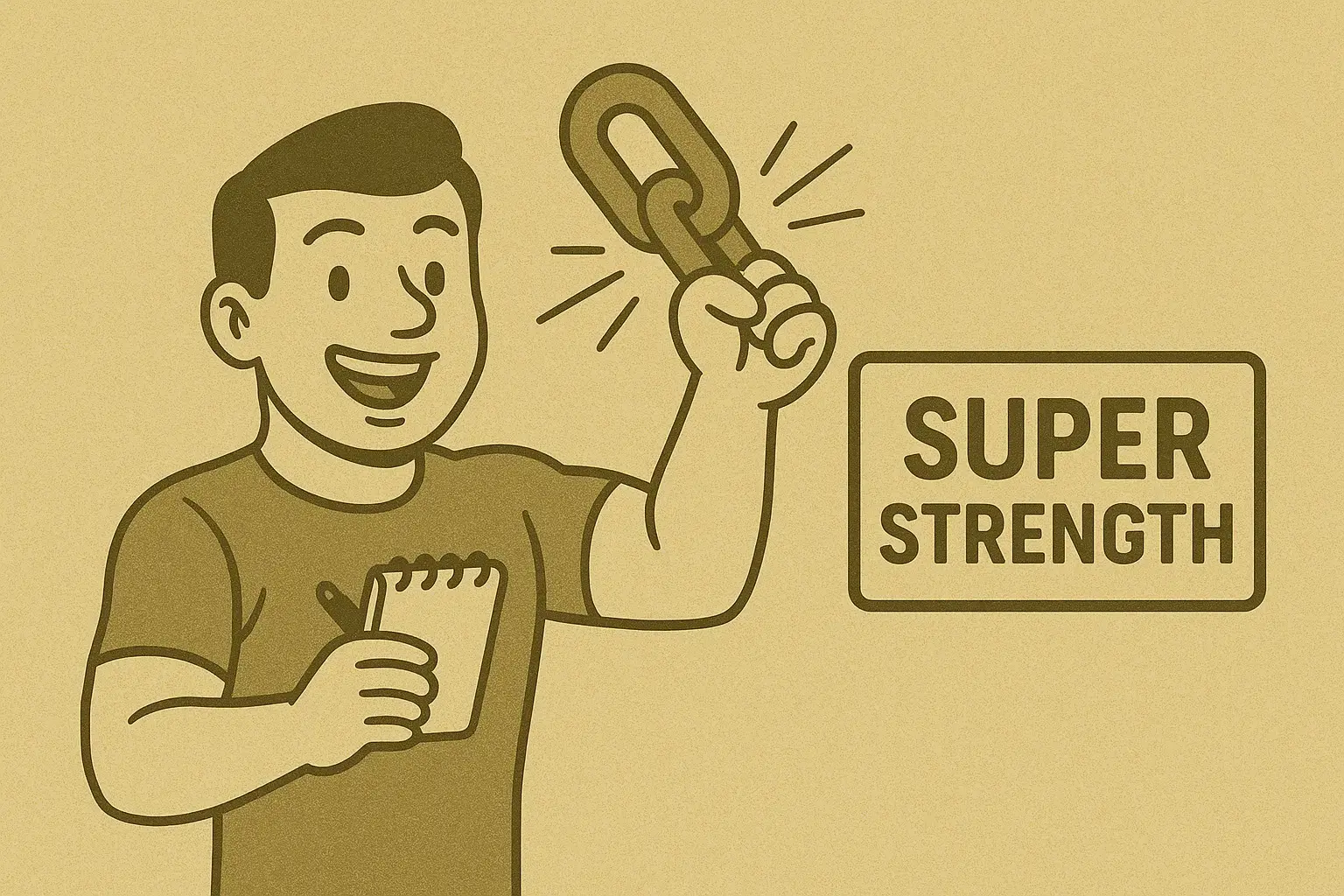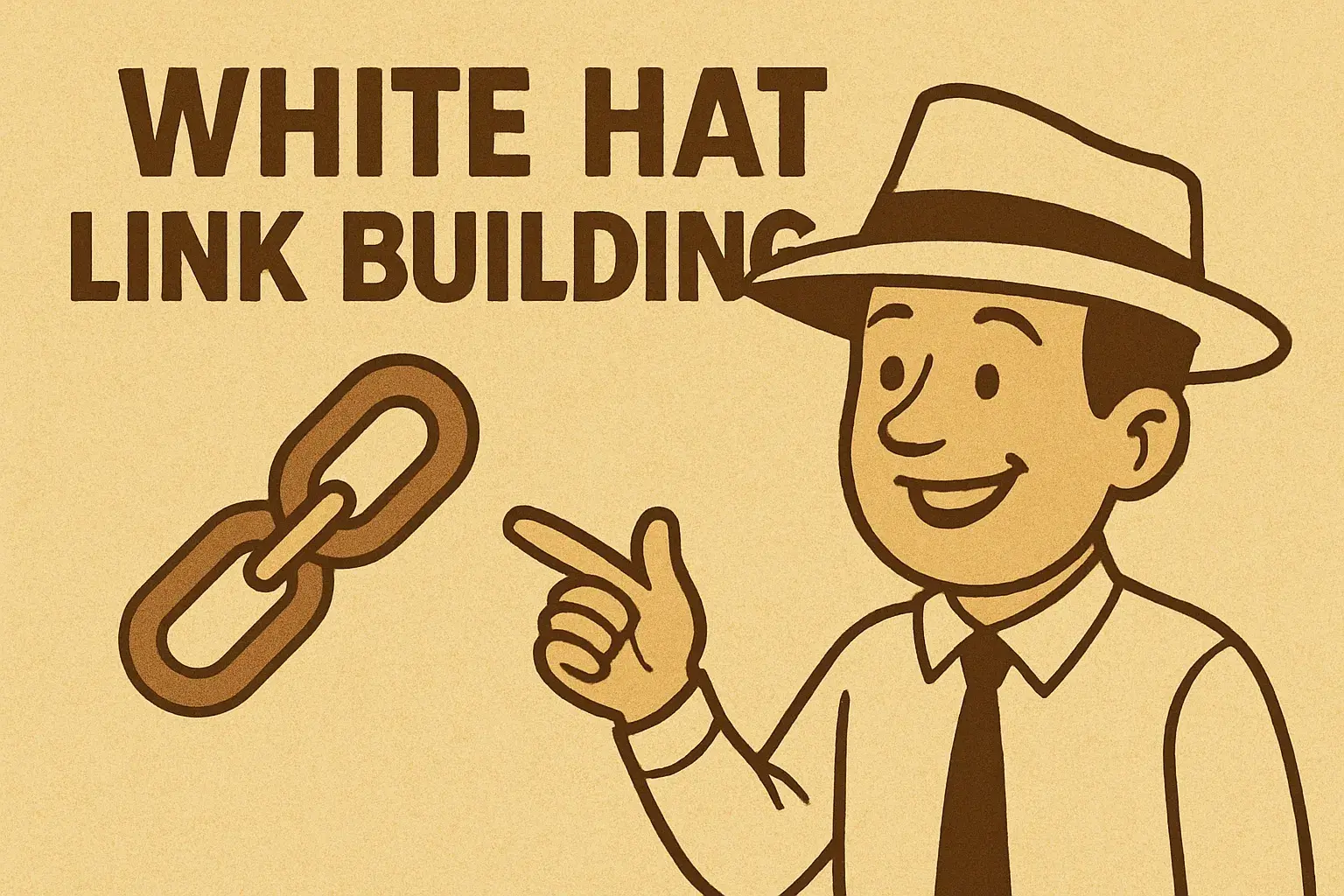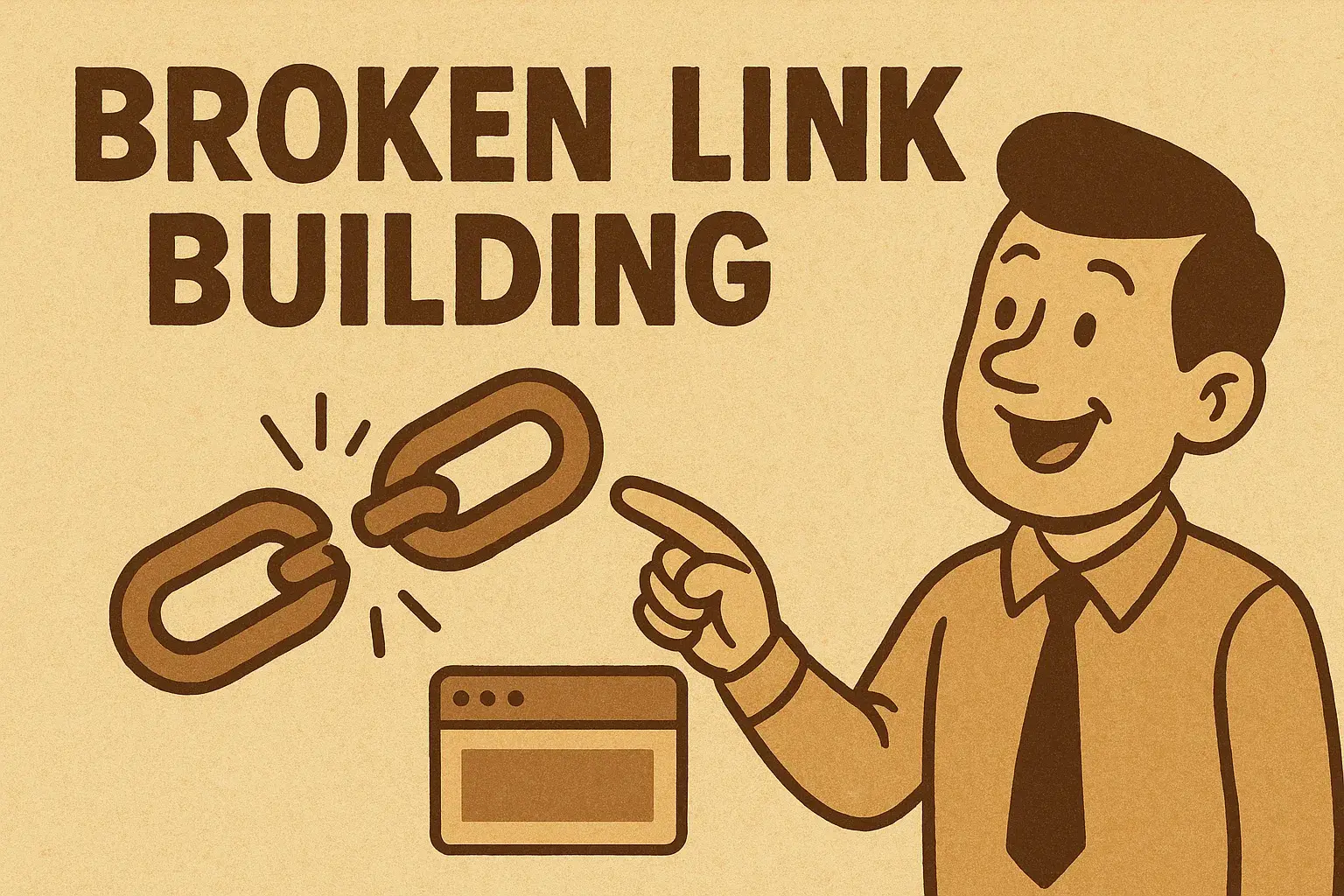11 Strategies To Quickly Earn Links

Link earning is often misunderstood in the SEO world. It’s not simply a softer term for link building. It’s a separate approach with different principles. Link earning focuses on attracting backlinks because of the value of your content and not because you manually placed or negotiated them.
This article outlines 11 effective and ethical strategies for earning backlinks. Each section explains the strategy, when and why it works, examples from real cases, and limitations you should be aware of.
What is link earning?
Link earning is the process of attracting backlinks organically through quality content, tools, or thought leadership without requesting or trading them directly.
Unlike traditional link building, link earning does not rely on outreach, paid placements, or anchor-text manipulation. Instead, the focus is on building assets that are so useful, credible, or insightful that other websites naturally cite and link to them.
This aligns closely with Google’s guidelines on link schemes, which emphasize editorial intent and discourage manipulative practices.
However, according to our 2025 survey, 33.5% link builders avoid link earning because it can be unpredictable way to get links and build authority.
1. Publish original research or industry data
Data-driven content does something most content doesn’t: it gets referenced. That’s what makes original research one of the most consistently effective link earning strategies.
The process is straightforward: you survey your users, analyze internal data, or run a study in your niche. If the findings are novel, expect organic links from writers who need credible sources. 48.6% of link builders found it effective as a link building tactic, partially also because it creates Expertise (part of EEAT).
A real-world example? Backlinko’s SEO pricing study has earned hundreds of links from agency blogs and newsletters. And CMI’s annual B2B report gets cited everywhere—from blog posts to marketing webinars.
“By positioning yourself as an industry expert and consistently sharing valuable insights... you can increase the likelihood of being cited.” — RankTracker
However, be warned: research with a weak methodology or unremarkable findings will struggle. Promotion also plays a significant role. Good data buried in silence won’t help your SEO.
2. Design infographics and visual data
Not everyone wants to read a 3,000-word blog post. Sometimes, visual clarity wins.
Infographics still work because they summarize complexity. When paired with compelling data and smart design, they offer an easy resource for writers and marketers to embed—usually with a credit link. 37.1% of link builders find it really effective.
Take for example an infographic showing the cost of customer churn across B2B industries. If well-designed, this can end up embedded on SaaS blogs, email newsletters, or LinkedIn posts.
To improve your success rate:
-
Focus on current, relevant data
-
Make it embeddable with attribution code
-
Outreach it to industry-specific blogs
Low-effort infographics, however, rarely perform. Too many look like stock templates filled with generic stats.
Quality matters more than novelty here from my experience.
3. Build lightweight tools or calculators
You don’t need to create a full SaaS app to offer utility. Even a simple tool like this DA checker — when useful — can earn backlinks for years.
The logic is simple: if your tool solves a problem, people will link to it as a resource. 38.9% of link builders think building tools is an effective way to get links.
Examples are everywhere. Freightos’ Freight Calculator is widely cited by shipping blogs. CoSchedule’s Headline Analyzer has become a staple among content marketers. These tools offer immediate, actionable insights.
Even something as simple as a “PDF File Size Estimator” or “ROI Calculator for HR Software” can work — if it fills a need.
But there's a cost. These tools require dev time and maintenance. If they’re buggy or break over time, your link equity goes with them.
Still, the payoff? A valuable utility with zero outreach required.
4. Create in-depth guides that rank and reference
Here’s where the term “link magnet” truly applies.
A comprehensive, evergreen guide can act as a long-term citation source, especially in fields where the information is fragmented or hard to explain.
Ahrefs' "What is SEO?" guide is a classic example. It’s long, well-structured, and deeply referenced across the industry.
This tactic is likely to be less effective if the industry is quite established already so only 23.8% of link builders find it effective.
For B2B companies, topics like "GDPR Compliance in SaaS" or "Enterprise Onboarding Workflows" offer similar opportunities. If your guide becomes the go-to source, expect links over time without ever sending an outreach email.
Structure is critical. Break the guide into logical sections, support claims with data, and ensure it's readable on both desktop and mobile.
And update regularly because outdated guides are link repellents.
5. Launch a digital PR campaign
Think of digital PR as the intersection of SEO, branding, and journalism.
It’s about pitching genuinely newsworthy angles—not fluff—to relevant outlets, with the goal of earning backlinks from coverage.
Consider this: 64.7% of SEO professionals rate digital PR as the most effective link acquisition strategy, according to our 2025 industry survey.
“Digital PR is about creating content that journalists and publishers want to cover. It's not just about press releases; it's about storytelling that resonates.” — Big Sea
What makes something newsworthy? It could be original data (see Strategy #1), a bold prediction, or an unexpected industry insight.
Executed well, digital PR earns links from top-tier media, trade sites, and niche blogs.
Executed poorly, it results in ignored inboxes.
6. Refresh and repurpose existing content
Not all links come from new content. Some of the best opportunities come from what you already have.
If you published a guide or report that got traction 18 months ago, don’t let it fade. Update it. Expand it. Reframe the title for current trends.
Then promote the updated version as if it were brand new.
Alternatively, take a long-form article and repurpose it into:
-
A downloadable PDF (for resource pages)
-
A SlideShare deck (for embeds)
-
A LinkedIn carousel or thread (for visibility)
These new formats increase discoverability and give your content more surface area to earn links.
Just make sure the core message remains consistent—especially if old links are pointing to it.
7. Respond to journalists via HARO or Qwoted
Help A Reporter Out (HARO), Qwoted, and similar platforms allow SEO professionals to contribute expert insights to ongoing stories. In return, you can earn high-authority editorial links.
These aren’t guaranteed... But they’re often high-value. 26.0% of link builders found HARO effective as a link buildering tactic.
Imagine you run an HR SaaS company. A HARO query asks, “What’s your top tip for remote hiring?” You provide a thoughtful quote. A week later, your advice is published in Inc. with a link to your homepage.
That’s link earning by contribution, not promotion.
Competition is fierce, though. Speed and relevance matter. Aim for short, specific answers. And include credentials where possible.
8. Publish roundups or interview pieces
Sometimes, the fastest way to build linkable content is to co-create it.
Roundups that include expert opinions tend to get shared and linked to by the contributors themselves. Especially if the topic is relevant and the execution is polished.
Instead of sending cold outreach, try:
-
“10 Sales Leaders on Overcoming Q4 Slumps”
-
“7 Startup CMOs Share Their Best SEO Advice”
This turns your content into a micro PR campaign, with each expert incentivized to promote it.
Just avoid the spammy version of this tactic. Mass-emailing 100 people for a one-line quote is not going to deliver long-term results.
9. Turn brand mentions into backlinks
There are times when people already mention your brand but forget to link.
This is common. And it’s fixable. In fact, 21.1% of link builders like to go after unlinked brand mentions.
Tools like Ahrefs (Content Explorer), Mention, or Google Alerts help you identify unlinked brand mentions. Reach out and ask politely if they’d consider linking to your homepage or a relevant page.
Since they’re already familiar with you, the conversion rate is typically higher than cold outreach.
“Link building is an art that requires patience and perseverance. It’s about making connections, bridging the gap between websites, and creating a web of trust.” — Quotesanity
Don’t overcomplicate this. One short email can earn links passively, especially from smaller publications or blogs.
10. Be active in communities and events
When people know who you are, they’re more likely to link to you even without asking.
This applies online (Slack groups, Reddit threads, LinkedIn comments) and offline (conferences, panels, meetups).
The aim isn’t to drop links, it’s to build authority. If your insights help others, they’ll start referencing your work organically.
A CTO sharing architecture frameworks on dev forums? That person gets cited. A CRO posting breakdowns of failed funnels on LinkedIn? Expect inbound links to their blog.
This is slow to scale but powerful. Roughly 8.9% of link builders engage in community link building.
And often, the most “unplanned” links come from these relationships.
11. Offer testimonials and collaborations
If you love a tool or product you use, say so. Then let them quote you.
Most SaaS tools and B2B vendors feature customer testimonials on their website—with a name, title, and link to your company.
This works especially well when:
-
You’re a high-profile client
-
You’re among the early adopters
-
You’re featured in a public case study
Likewise, if you co-create content (like a whitepaper or event), ask for link attribution. In B2B, mutual credibility leads to mutual promotion.
These aren’t “traded” links: they’re relationship-based.
The pros and cons of link earning tactics
Here's how each link earning tactic stack up against each other:
| Strategy | Link Earning Mechanism | Common in B2B? | Risk Level | Scalability |
|---|---|---|---|---|
| Original research | Citations from writers, blogs, journalists | High | Low | Medium |
| Infographics | Embeds + visual linkbacks | Medium | Medium | Medium |
| Tools & calculators | Cited for utility | High | Low | Low |
| Comprehensive guides | Go-to reference content | High | Low | Medium |
| Digital PR | News or coverage with links | Medium | Medium | Low |
| Content refresh/repurpose | New backlinks from updated content | High | Low | High |
| HARO/journalist requests | Earned quotes and mentions | High | Low | Medium |
| Expert roundups | Contributors share and link | Medium | Low | Medium |
| Brand mention reclamation | Convert unlinked mentions into backlinks | High | Low | High |
| Community/event participation | Organic mentions from authority building | Medium | Low | Low |
| Testimonials/case studies | Vendor links or mutual co-marketing | Medium | Low | Medium |

 By
By


